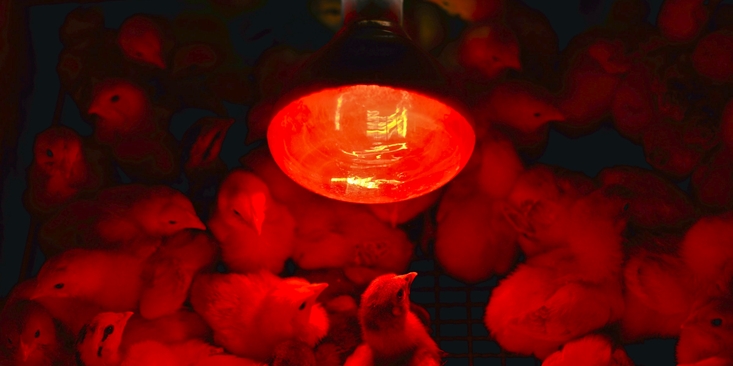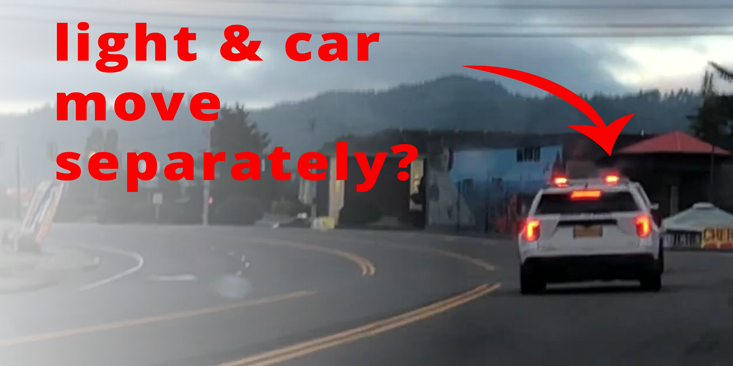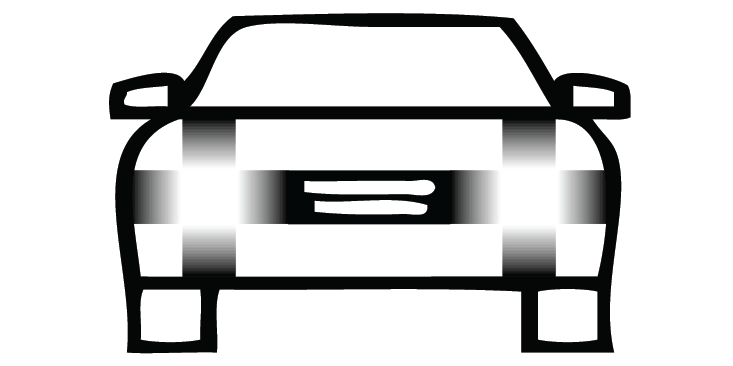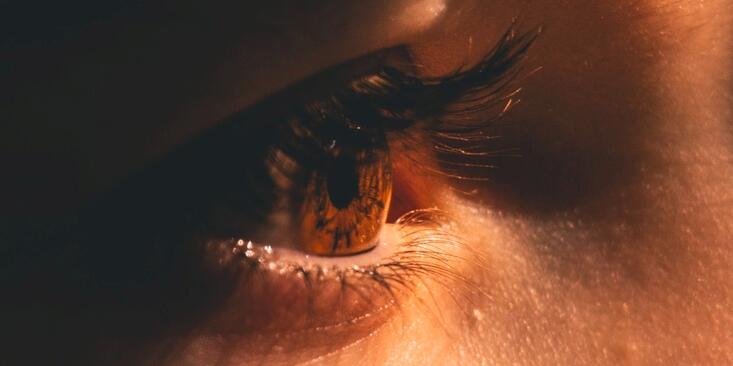This post explores the idea of photobiomodulation by use of an emergency blanket or bioceramic clothing.
An overlooked aspect of photobiomodulation
It is becoming more common to recognize that near-infrared light has significant physiological effects and that it is generally missing from our indoor lives. Proposed solutions may overlook that photobiomodulation is not a singular thing.
Flicker in traffic
This post describes the basics of temporal light artifacts and introduces a new “illusion,” the phantom wiggle.
Congress to re-evaluate glare?
In 2008 the US Department of Transportation, National Highway Traffic Safety Administration (NHTSA) assessed the risks associated with glare, as directed by the US Congress.
Softlights.org, an organization “dedicated to safe, responsible, human compatible outdoor and vehicle lighting,” has noticed that the above report was the last time the issue of glare was assessed at this level. Now they are campaigning for a re-evaluation – which is reasonable, given that LEDs, lasers, and other technological developments are now widespread even though they were not yet prevalent in 2008.
Forgotten non-visual effects of light
Why are the physiological effects of long wavelength light (often referred to as photobiomodulation) never mentioned as part of the “non-visual effects” of light?
Factors of glare
This is a list of all glare factors that I can think of. Each point comes with a short description / examples.
Where’s the edge of the visual field?
This is a summary of a paper in which we explore how to reliably measure the edge of the visual field and what effects do contrast and color have on this threshold. Most importantly, we demonstrate that cones are functional in this region.






